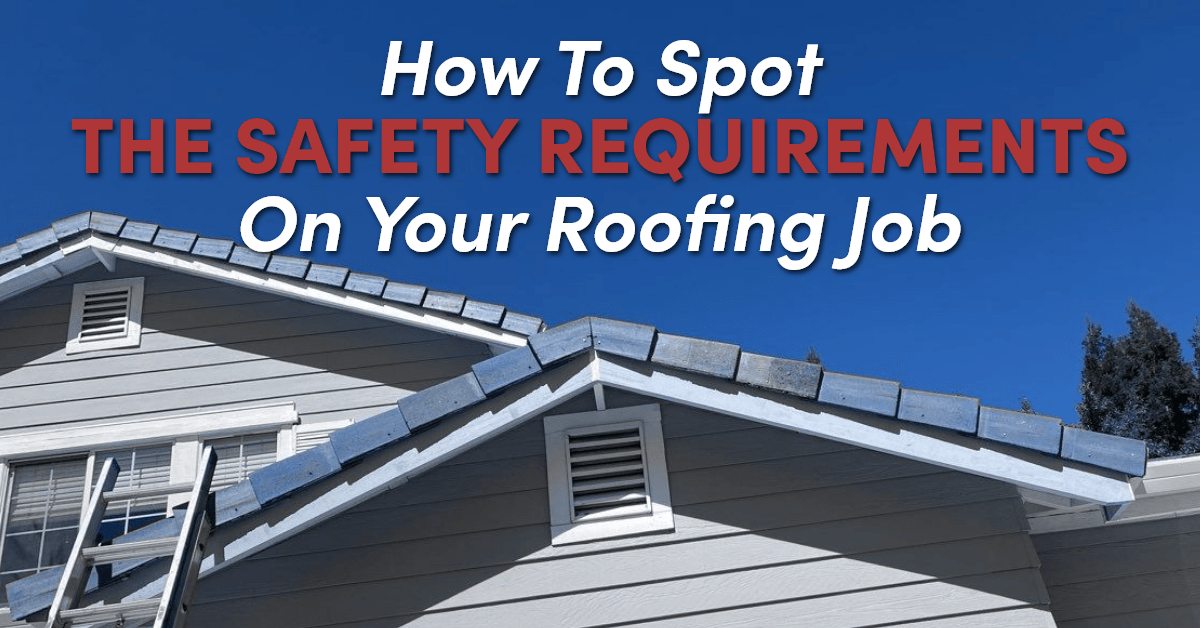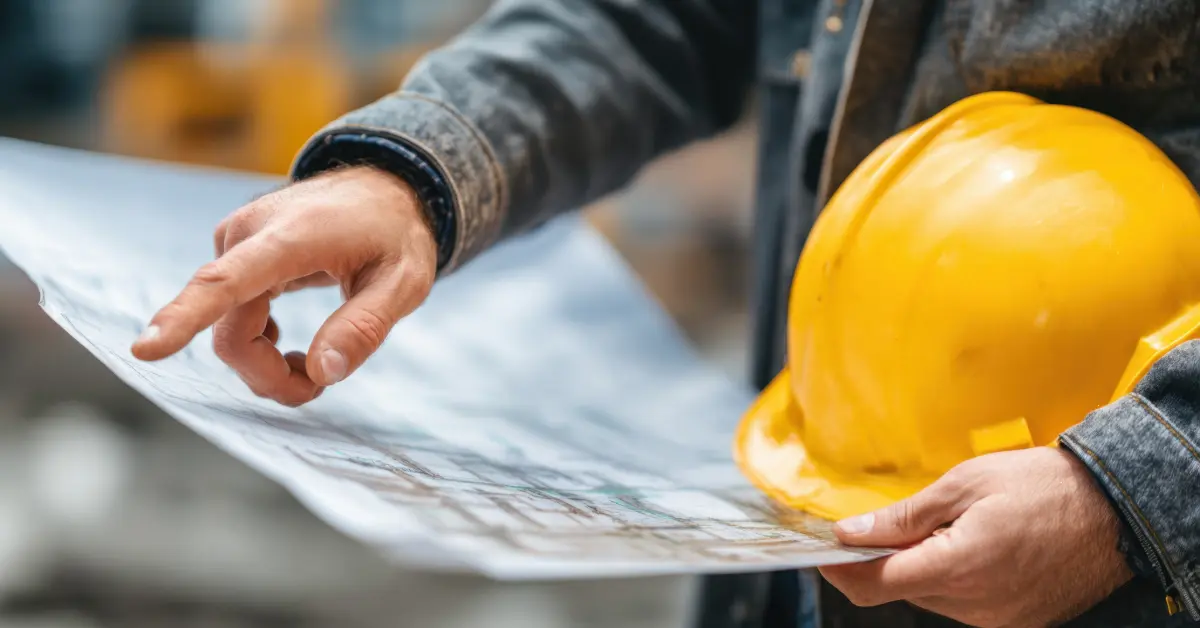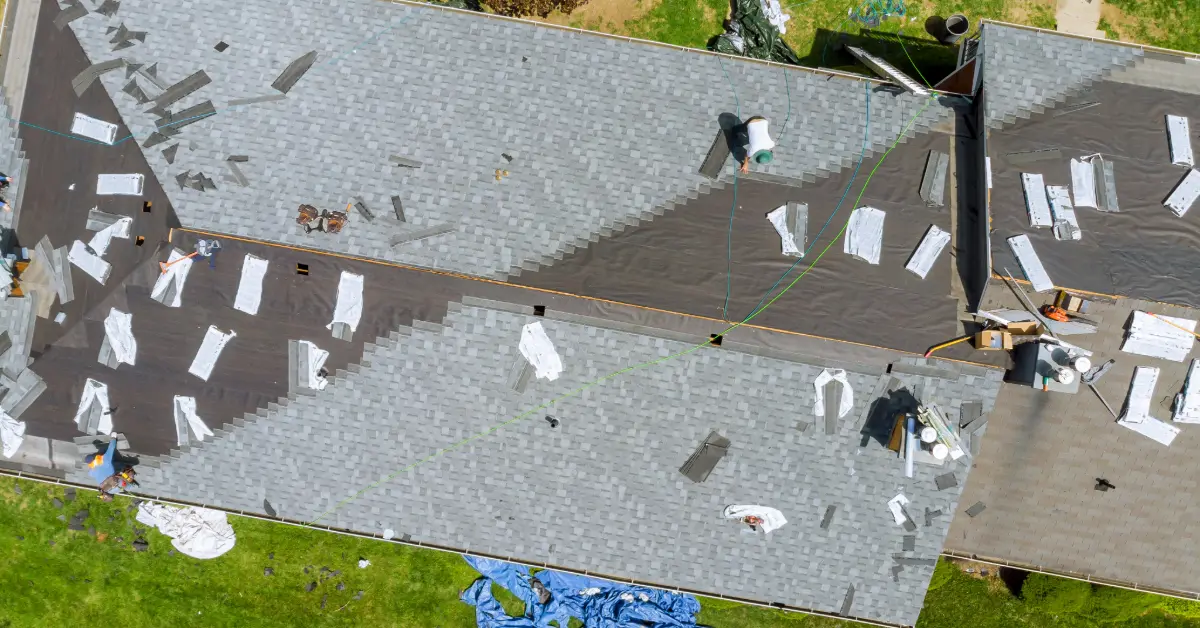Roofing contractors are consistently at risk of mishaps and falls, even if they have the proper safety equipment and follow the strict protocols required for all aspects of the job. A slippery surface, exposed tree or electric lines, a gust of wind, or a loose shingle can cause falls and injury. Unfortunately, falls can be fatal if roofers fail to follow safety best practices.
Safety Required for All Aspects of the Job
When working on a roof, some type of fall protection is necessary. OSHA requires all residential roofing contractors to have fall protection if they work at least six feet off the ground level.
OSHA’s three principles of fall protection for employers are planning, providing the proper tools and equipment, and training everyone to stay safe and use the equipment correctly.
What Safety Equipment Does a Roofer Use?
The fall protection systems OSHA stipulations include guardrail systems, personal fall arrest systems (PFAS), and safety net systems.
The exception to this OSHA rule is when using these systems are impossible or not feasible, or if they creates a more significant hazard. OSHA requires the roofing contractor to develop and implement an alternative fall protection plan which meets the requirements it stipulates in its standards [1926.501(b) (13)].
Residential roofers can use a standard fall safety kit that comes with the following:
- A reusable roof anchor
- A vertical lifeline assembly
- Full body harness
Typically, roofers also require a fall restraint because they work over six feet off a lower level or the ground. Fall protection restraints come in two forms:
- Passive. Roofers do not use a PFAS but have barricades or guardrails placed near an edge.
- Active. Roofers wear a full-body harness and a PFAS.
Personal fall arrest systems (PFAS) are body harnesses roofers and other professionals working at heights wear and attach to roof anchors using a lanyard. PFAS must hold a certain weight (support twice the weight of a worker), fit in a certain way (full-body), and be in good working condition.
Depending on the type of roof, roofing contractors can choose to use other types of protection systems and equipment such as:
- Guardrails
- Safety nets
- Warning line systems
- Safety monitoring systems
Hire the Best Local Roofer in Sacramento, CA
At Straight Line Construction, we emphasize strict in-house safety and training, use high-quality, heavy-duty safety equipment, and go beyond the required standards. Our technicians are well trained, licensed, and fully insured. As the go-to residential roofer in Sacramento, CA, we are always open to answering questions about our safety protocols, training, and equipment. Contact us today.








